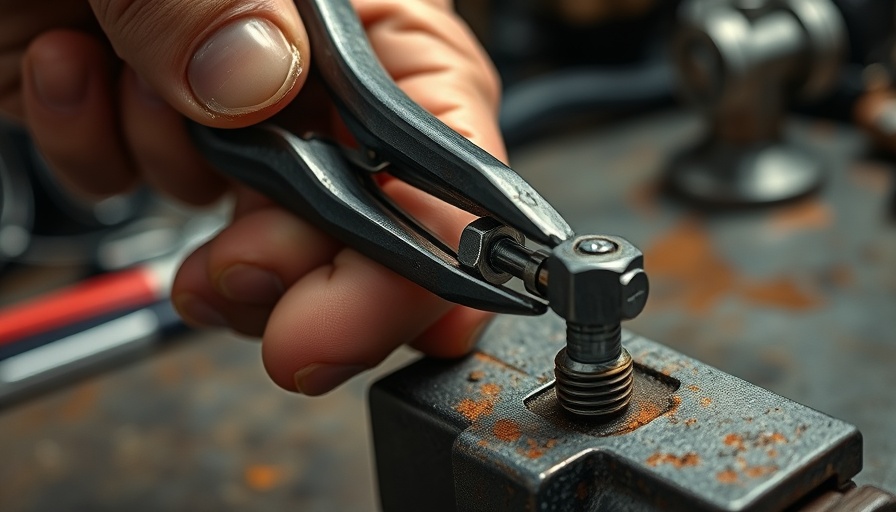
Understanding the Underlying Reasons for Homeowners’ Discontent with Insurance Claims
In the complex landscape of homeownership, few topics evoke as much frustration as insurance claims. Homeowners often express deep dissatisfaction with the claims process, and for good reason. According to recent surveys, many homeowners find that their expectations for the claims process vastly differ from reality. The frustration primarily stems from lengthy communication processes, unclear policy terms, and inadequate coverage for repairs.
In The Truth About Why Homeowners Hate Insurance Claims, the discussion highlights the critical issues surrounding the claims process, prompting us to analyze why homeowners face such challenges.
The Emotional Toll of Insurance Claims
For many, a home is not just a property; it’s an irreplaceable sanctuary filled with memories. When disaster strikes, whether due to a roof leak or extensive storm damage, the emotional burden can be overwhelming. Faced with the potential loss of their safe haven, homeowners naturally seek relief through insurance claims. However, too often, they find that the process is daunting, leading to feelings of helplessness and anxiety.
Statistical Insight: The Reality of Insurance Claims
Research indicates that over 70% of homeowners who file claims report some level of dissatisfaction with the process. Issues frequently noted include delayed responses, adjustments in damage assessments, and a lack of clarity around what is covered. Homeowners frequently encounter a series of hurdles that can prolong the resolution of their claims, resulting in not only financial strain but also significant emotional distress.
Risk Factors: Understanding the Challenges of Insurance Claims
One critical aspect that contributes to dissatisfaction with insurance claims is the inherent complexity of insurance policies. Homeowners often enter the claims process without a full grasp of their policy’s terms and limitations. Misunderstandings can lead to claims being categorized as insufficient or wholly denied due to factors that were previously overlooked, such as specific exclusions regarding roofing damage.
Practical Tips for Navigating the Claims Process
For homeowners navigating the tumultuous waters of insurance claims, awareness of the process can mitigate some of the frustration. It’s crucial to document everything: take photos of any damage, maintain a log of communication with your insurance provider, and ensure that you read and understand your policy thoroughly. Often, it may be necessary to enlist the assistance of a knowledgeable contractor who can help assess the damage accurately and negotiate on your behalf regarding roof repairs. These roofing tips can prove invaluable when advocating for your case.
Future Predictions: Trends in Insurance and Home Repair
As technology evolves, so too do the practices surrounding home insurance claims. The introduction of AI and machine learning in the insurance sector could potentially streamline processes, offering quicker assessments and more transparent communication. Furthermore, as more homeowners engage with digital tools, insurers may need to adapt accordingly, offering enhanced user experiences that include clearer policy details and immediate access to claims updates.
Actions Homeowners Can Take
Being proactive is essential. Homeowners should schedule regular roof inspections and maintenance checks, especially in regions prone to severe weather. Knowing the condition of your roof can prepare you better for any unforeseen damages, as you are more likely to be covered for known conditions under your policy.
Common Misconceptions About Insurance Claims
One pervasive myth is that all damages are fully covered. While that would be ideal, many claims can be limited by specific clauses in the policy. Hence, understanding what your policy covers, especially regarding roofing and repairs, can save immense headache when the time comes to file a claim.
In analyzing the video The Truth About Why Homeowners Hate Insurance Claims, we examined the myriad issues that cause homeowner frustration. The emotional toll, misunderstanding of policy specifics, and the complexity of the process contribute to a negative claims experience. By leveraging the insights shared here, homeowners can better navigate insurance processes while ensuring their emotional and financial well-being.
 Add Row
Add Row  Add
Add 




Write A Comment